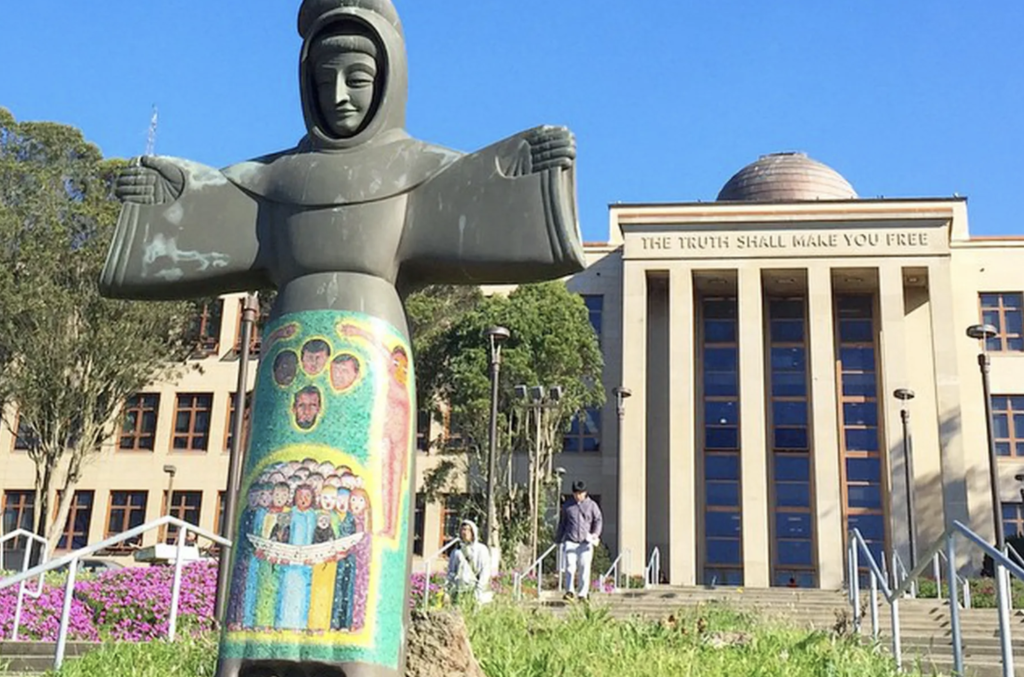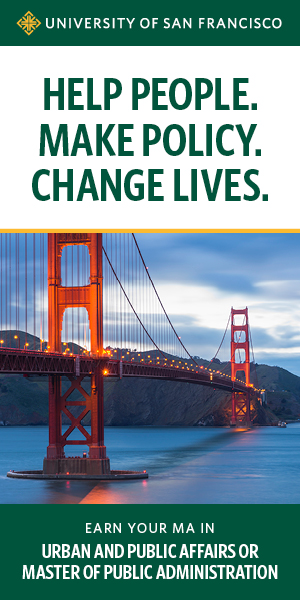City College of San Francisco recently received some good news. Soon after a new permanent chancellor was hired, the Accrediting Commission for Junior and Community Colleges reaffirmed the college’s accreditation after sanctioning its Board of trustees a year and a half ago on the basis of the accreditor’s questionable and inconsistent visiting team’s report.
This does not mean that the college is now offering students more opportunities. Last year, I wrote an article about how the administration acted to deny students educational opportunities by not offering enough sections of classes students needed to take to meet requirements. History is repeating itself. Once again, many students who seek to finish their programs will have to enroll in the college for extra terms to meet requirements for a certificate or degree thanks to too few classes scheduled for the Fall 2025 term.

By going through the Fall 2025 schedule of classes—which I did on July 28 three weeks before the start of the term and before numerous students register—one will find many classes that are fully enrolled with maximum waitlists. The waitlists for classes are limited to ten students, which may mean that others wanting to take the class are unable to even place their name on a waitlist that puts them in a position to grab an opening if a currently enrolled student decides not to take the class.
Of the 64 Child Development/Family Studies classes, 46 are fully enrolled, with more than 270 students on waitlists. For those classes not fully enrolled, there are fewer than 130 openings.
All 46 Biology classes in the schedule except two classes of Principles of Food Safety are fully enrolled with waitlists. Of those, 28 have maximum waitlists of 10. Six other classes have only one or two waitlist spots, which brings the total number of potential students on Biology class waitlists to more than 300, and that doesn’t include the number of students who can’t add their names to a waitlist for a class they need or want to take.
There are 52 Academic English and Writing classes. Of those, 45 are fully enrolled with waitlists totaling 240. The remaining seven classes having 86 openings. If all the students on waitlists have flexible schedules that allow them to enroll in the classes with openings, more than 150 would not be able to enroll in this class.
All 88 art classes are fully enrolled. Oddly, many do not provide for potential students to add their name to a waitlist. All five of the financial accounting classes are full, with waitlists numbering 42 different students. Of the six African American Studies classes, all are full with waitlists totaling 50 students.
As far back as the first week of May, 12 of the 15 chemistry classes scheduled for the fall were fully enrolled, with six having full waitlists of 10. Three more class sections have been added, but if their times do not work with a student’s schedule, the additions won’t help some of those on the waitlists.
The administration will say it wants students to be successful and seeks to increase enrollment, but success and enrollment increases are limited by a failure to schedule more classes in areas of high demand. As recently as 2020, the school provided students with many more classes. For the fall 2020 term, 51 chemistry classes were scheduled compared to 18 for Fall 2025, and twice as many, ten, financial accounting classes. In Fall 2018, 12 financial accounting and 61 chemistry classes were scheduled for that term.
There has been a pattern to the administration’s scheduling of classes. As the number of students has increased, there has not been a comparable increase in the number of classes scheduled to accommodate them. Sometimes, even fewer classes are scheduled.
From the fall of 2021 to the fall of 2024, student enrollment increased by almost 21 percent, while the number of credit classes scheduled declined by six percent, and the number of non-credit classes declined by more than 11 percent. Despite the growth in enrollment of almost 6 percent in the fall of 2024 compared to the Fall of 2023, fewer classes were scheduled for Fall 2024.
Despite the 6 percent growth in students for the Fall 2024 term, for the Spring 2025 term compared to Spring 2024, the interim chancellor, who during his tenure seemed to show little interest in adding classes, scheduled 16 fewer credit classes.
The Spring 2025 term had more than 3,600 additional students, almost 14.5 percent more, than in Spring 2023. Yet, the percentage increase in the classes added from Spring 2023 to Spring 2025 came to less than three percent.
Furthermore, when the student population declined in fall 2022 from its fall 2021 level by less than two percent, the reduction in the total number of classes scheduled came to almost 12 percent. The table below provides the data on these trends for the recent fall terms.

Sources: Total classes offered found by using this link and selecting the desired term followed by a search. Student enrollment from state chancellor data mart.
More classes may be added for the Fall 2025 term, but that won’t happen if the administration is unable to find teachers to teach them, an excuse sometimes made for not offering more classes in fields such as chemistry. However, the administration brought this problem upon itself with layoffs that included 38 full-time faculty in 2023, including one in Biology, eight in English, and two full-time chemistry instructors, athough one is again teaching at CCSF.
Furthermore, the administration no longer routinely authorizes the hiring of new full-time faculty to replace those who retire.
As a result, according to the state chancellor’s data mart, the number of full-time faculty working at CCSF has declined from 538 in the fall of 2020 to 391 in the fall of 2024. The number of part-time faculty has also declined during this time.
A major administration excuse for not offering more sections of classes has been because CCSF does not have sufficient revenue. This has been disputed by the faculty union, AFT 2121, which points out that those running the college have a habit of overstating fiscal problems to justify making cuts—only to end the fiscal year with millions in extra money that could have been used to schedule more classes, but, instead, is shoved into a reserve account to address claimed anticipated future revenue shortfalls.
For example, for school year 2024-25, the college ended up with a $17.2 million surplus, resulting in reserves of $42.8 million. However, in August 2024, the administration anticipated a surplus of just $1.6 million and made plans based on it. One might expect the administration to look to the union for guidance. Instead, administrators never explain why the union figures are wrong and should not be followed.
CCSF’s student body is largely working-class students of color. Given the actual history of this country, in contrast to Donald Trump’s version of history, not meeting their educational needs should come as no surprise. However, what is troubling is that this deprivation of educational opportunities is happening in progressive San Francisco, where its diversity is cherished and celebrated even by many people with power.
Furthermore, don’t accept what the austerity-minded folks say about money not being available to provide for peoples’ education and other needs. Our good friend, the lovely Mark Zuckerberg, according to the Bloomberg Billionaires Index, has seen his wealth, that as of July 28, stood at $252 billion, grow by $45 billion so far in 2025 which is, ridiculously, almost three times the entire San Francisco city budget of $15.9 billion.
Rick Baum, a member of AFT 2121, has been teaching Political Science at City College of San Francisco for more than 25 years and has published articles in COUNTERPUNCH.




